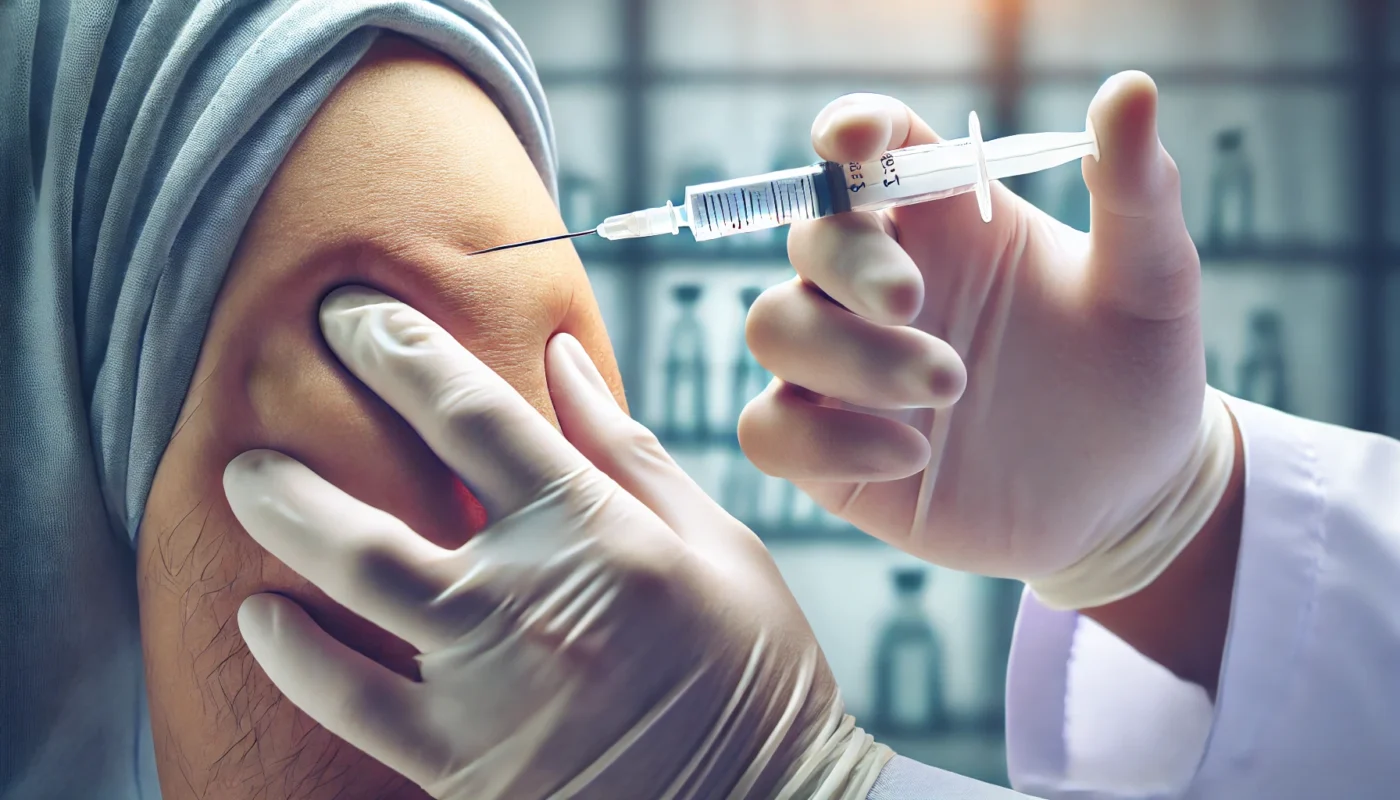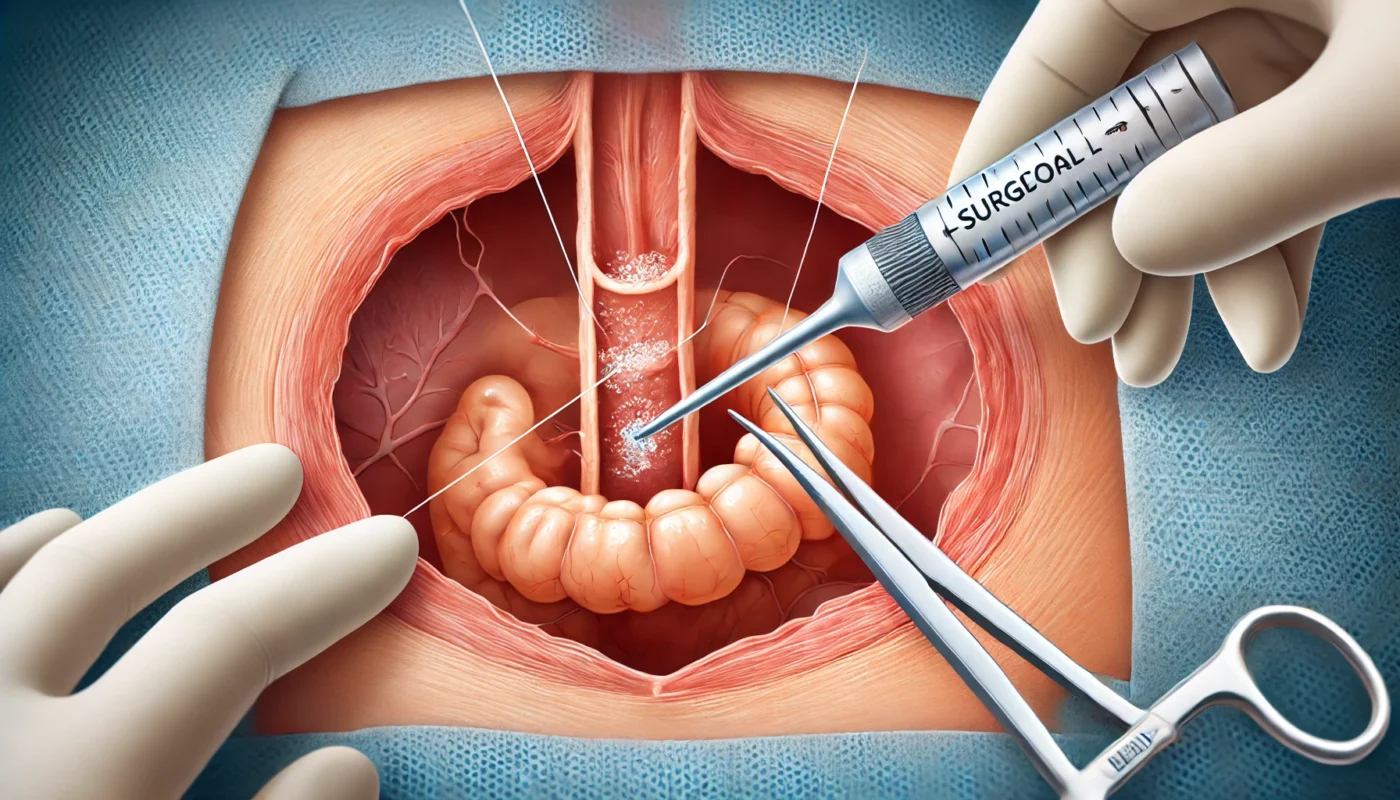In this article, we’ll delve into the essentials of administering intramuscular pain medications, discussing their benefits, potential risks, and step-by-step instructions to ensure safety and efficacy. We’ll also explore holistic strategies that can complement medical treatments, providing a comprehensive approach to pain management.
Tag Archives: patient safety
Traditional Chinese Medicine (TCM) has been a cornerstone of Eastern health practices for millennia, embodying a holistic philosophy that seeks to harmonize the body and mind. Rooted deeply in Chinese culture, TCM not only addresses physical ailments but also aims to balance emotional and spiritual well-being. As the modern world increasingly turns to approaches to health, the timeless wisdom of TCM offers a unique perspective on pain relief, blending ancient practices with contemporary scientific insights. In this expanded exploration, we delve deeper into the world of TCM, its foundational principles, diverse techniques, and its place in modern healthcare systems.
Natural opioids are compounds derived directly from the opium poppy plant, a species known as Papaver somniferum. They include morphine and codeine, which have been used for centuries to alleviate pain, with references to their use dating back to ancient civilizations. These substances work by binding to specific receptors in the brain, spinal cord, and other parts of the body, reducing the perception of pain and creating a sense of well-being. This interaction is akin to a lock and key mechanism, where the opioid molecules fit perfectly into the opioid receptors, triggering a cascade of biochemical events that culminate in pain relief and euphoria.
In the ever-evolving world of minimally invasive surgery, laparoscopic procedures stand out for their ability to reduce recovery times and minimize scarring. A key player in this arena is surgical glue, a product that has seen significant innovations over recent years. But how does this adhesive work, and what does it mean for your recovery process? Let’s explore the latest advancements in surgical glue for laparoscopic procedures and how these innovations can benefit your health journey.
In this article, we will explore the benefits and considerations of using Ibuprofen after surgery, providing insights into its effectiveness, safety profile, and alternative pain management strategies.





